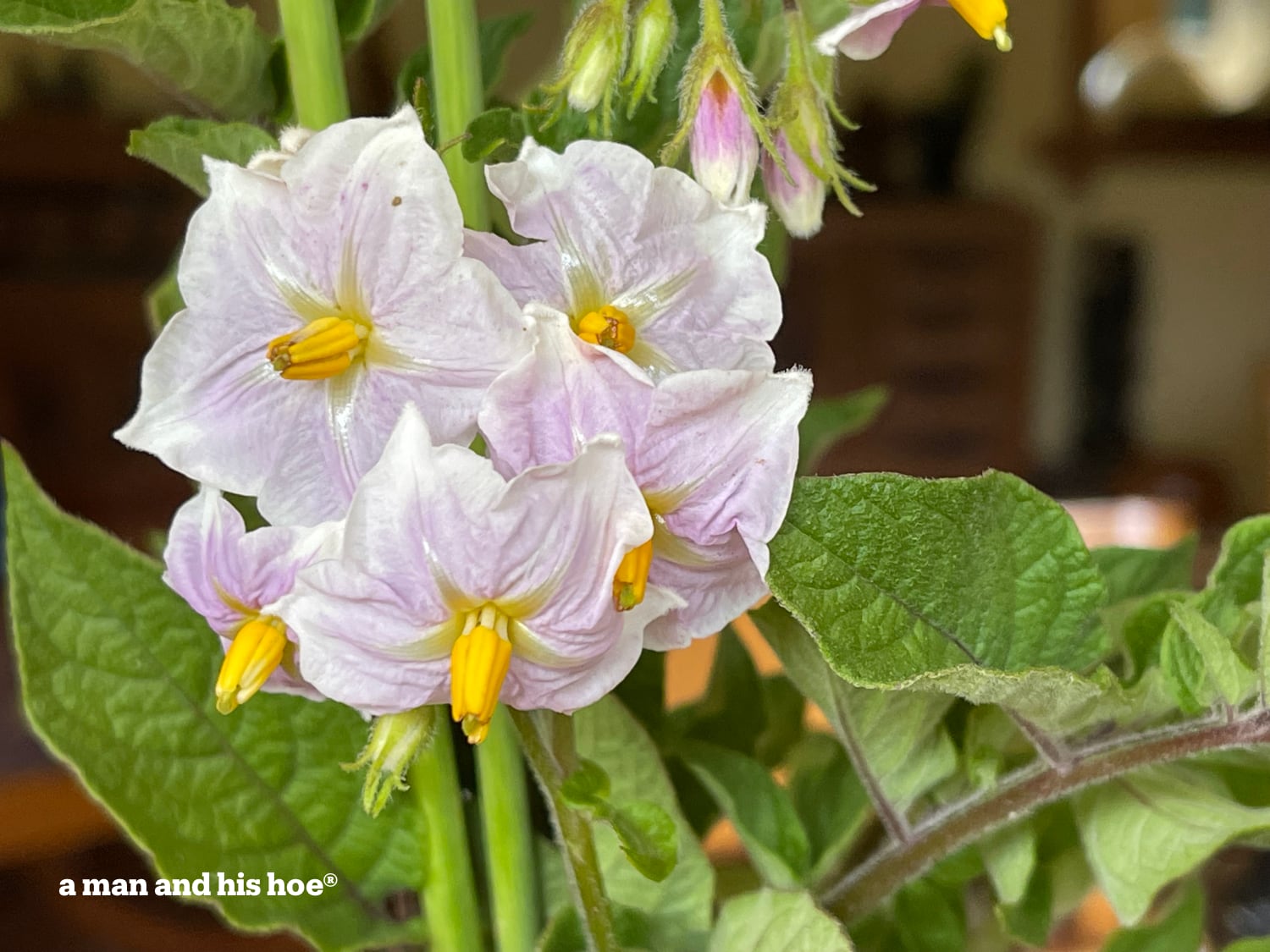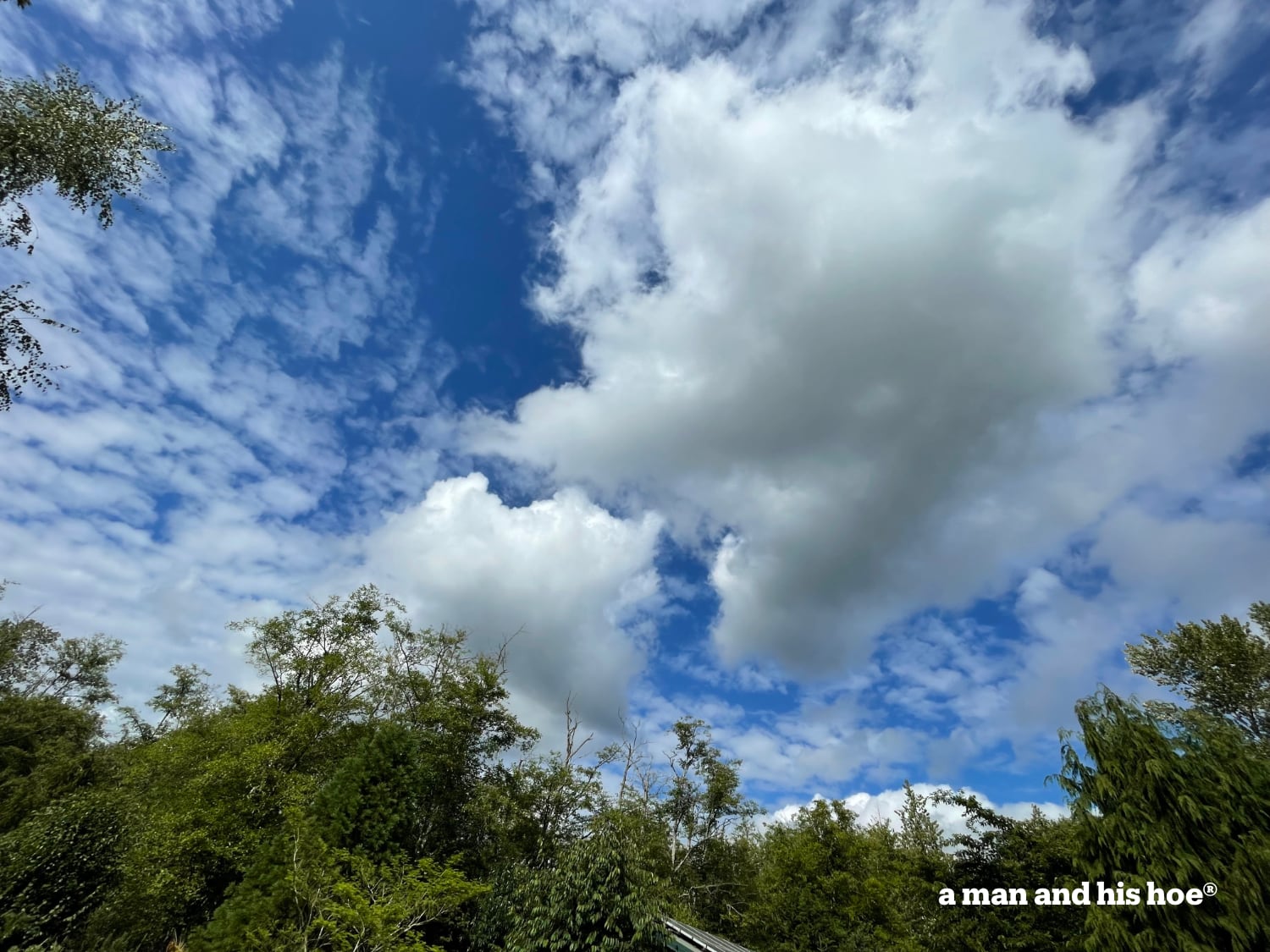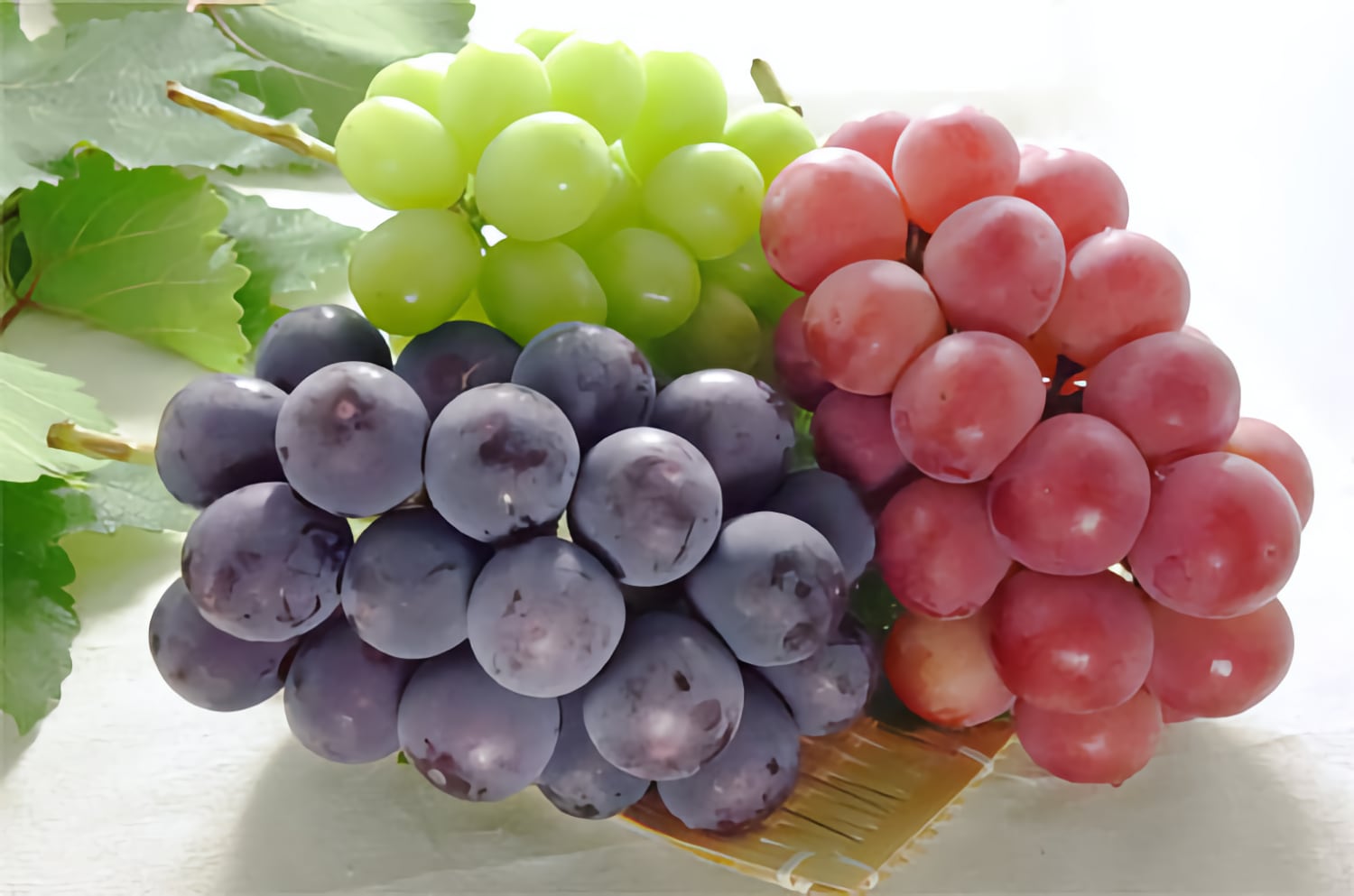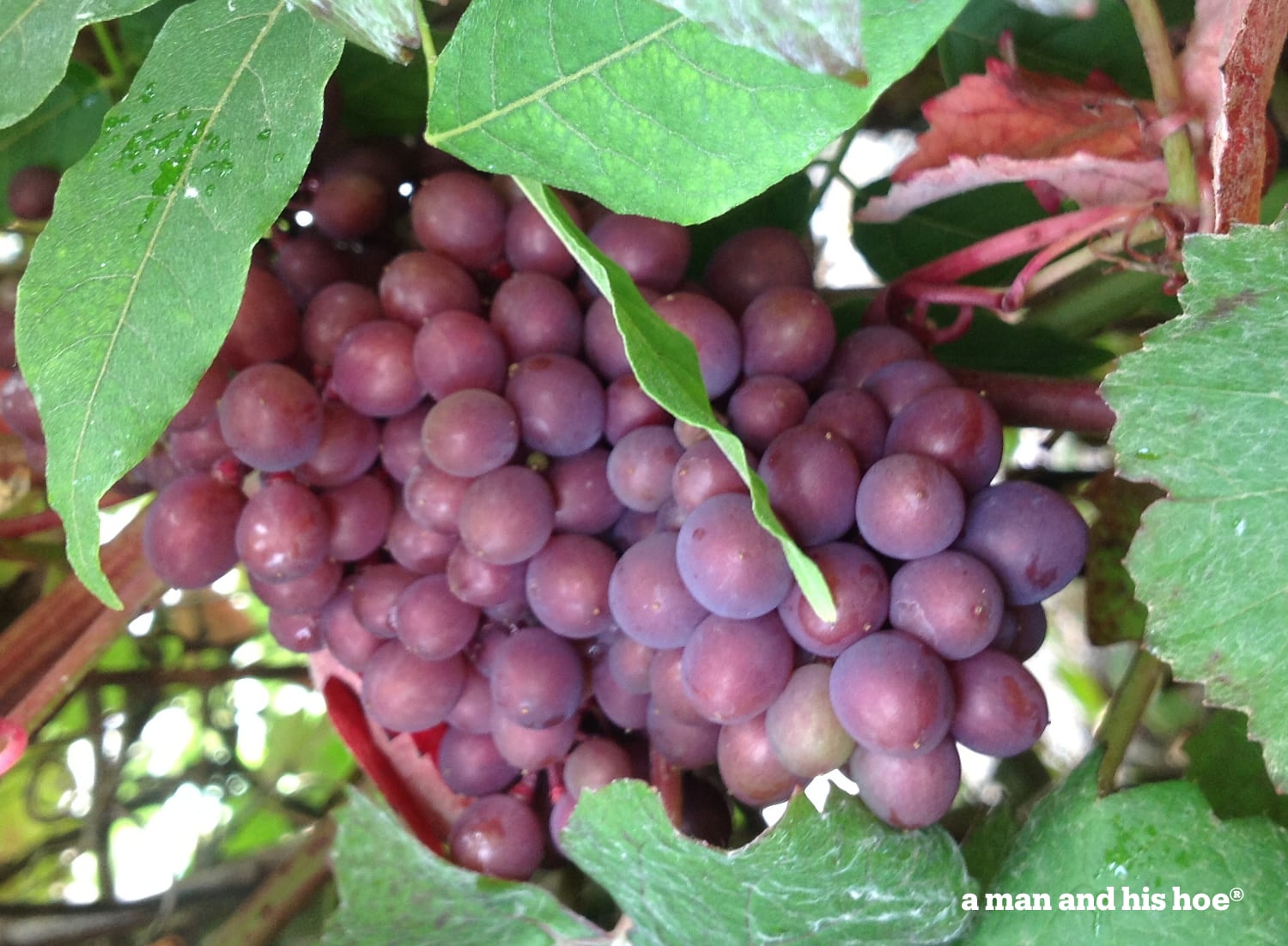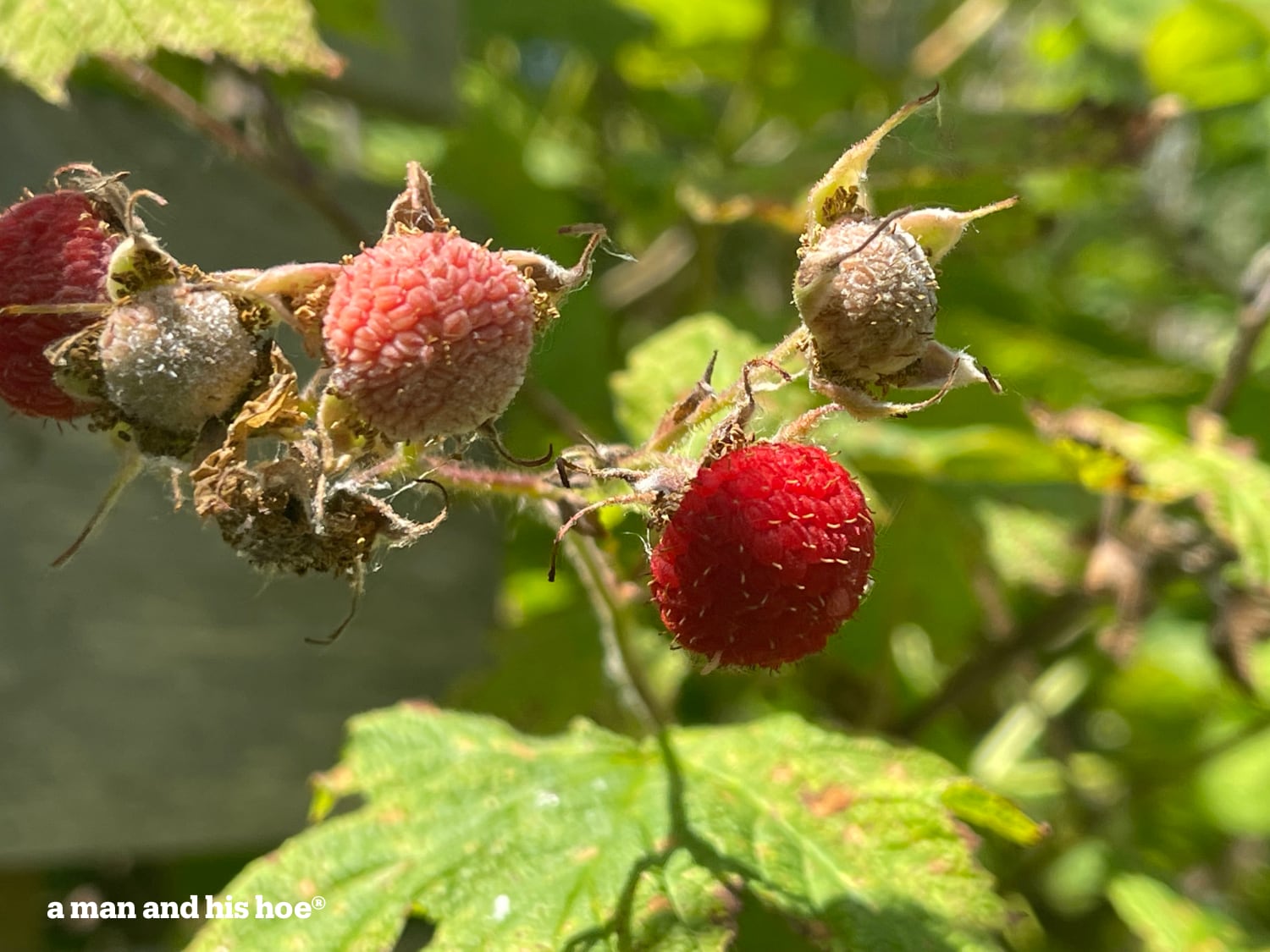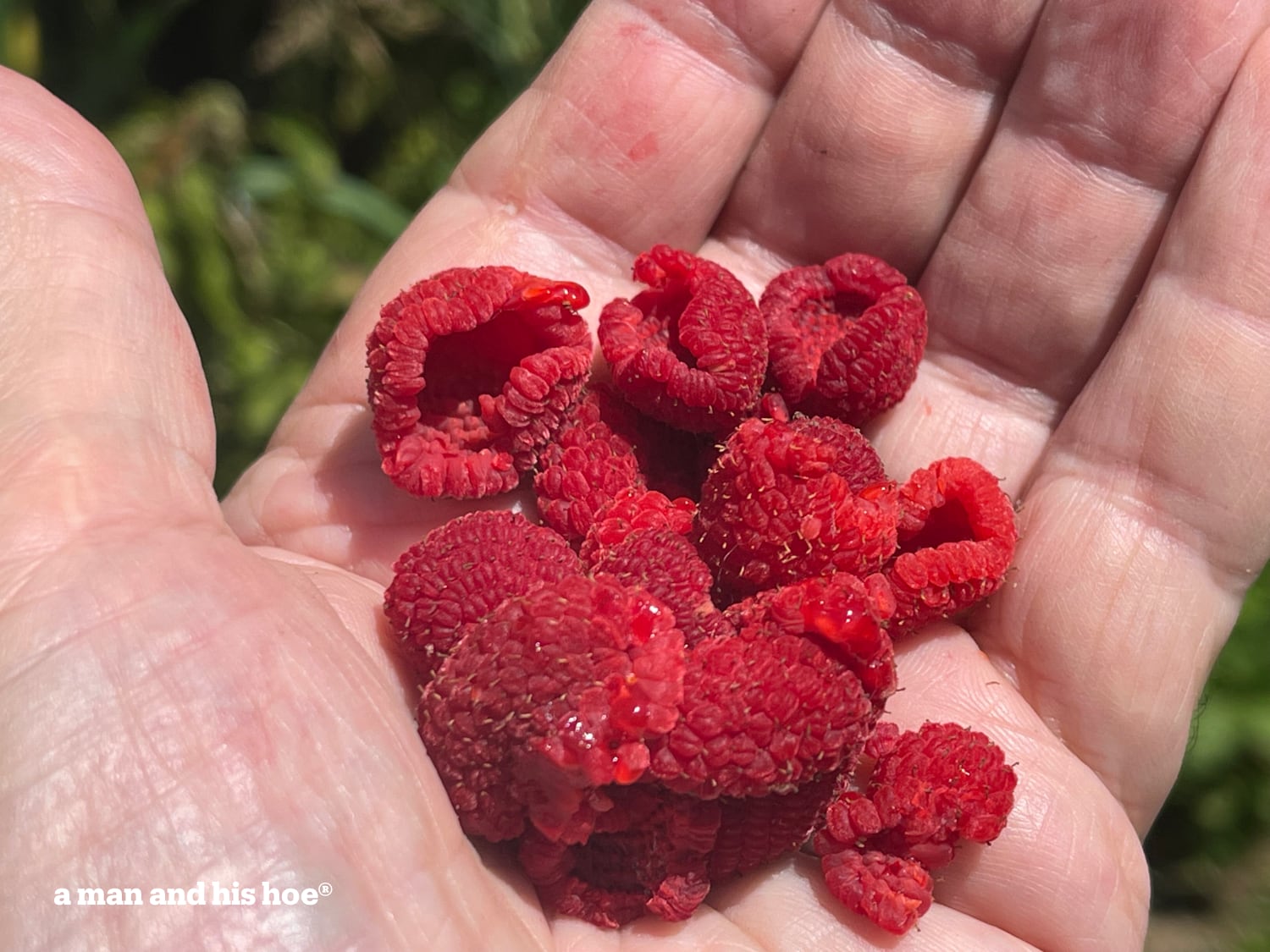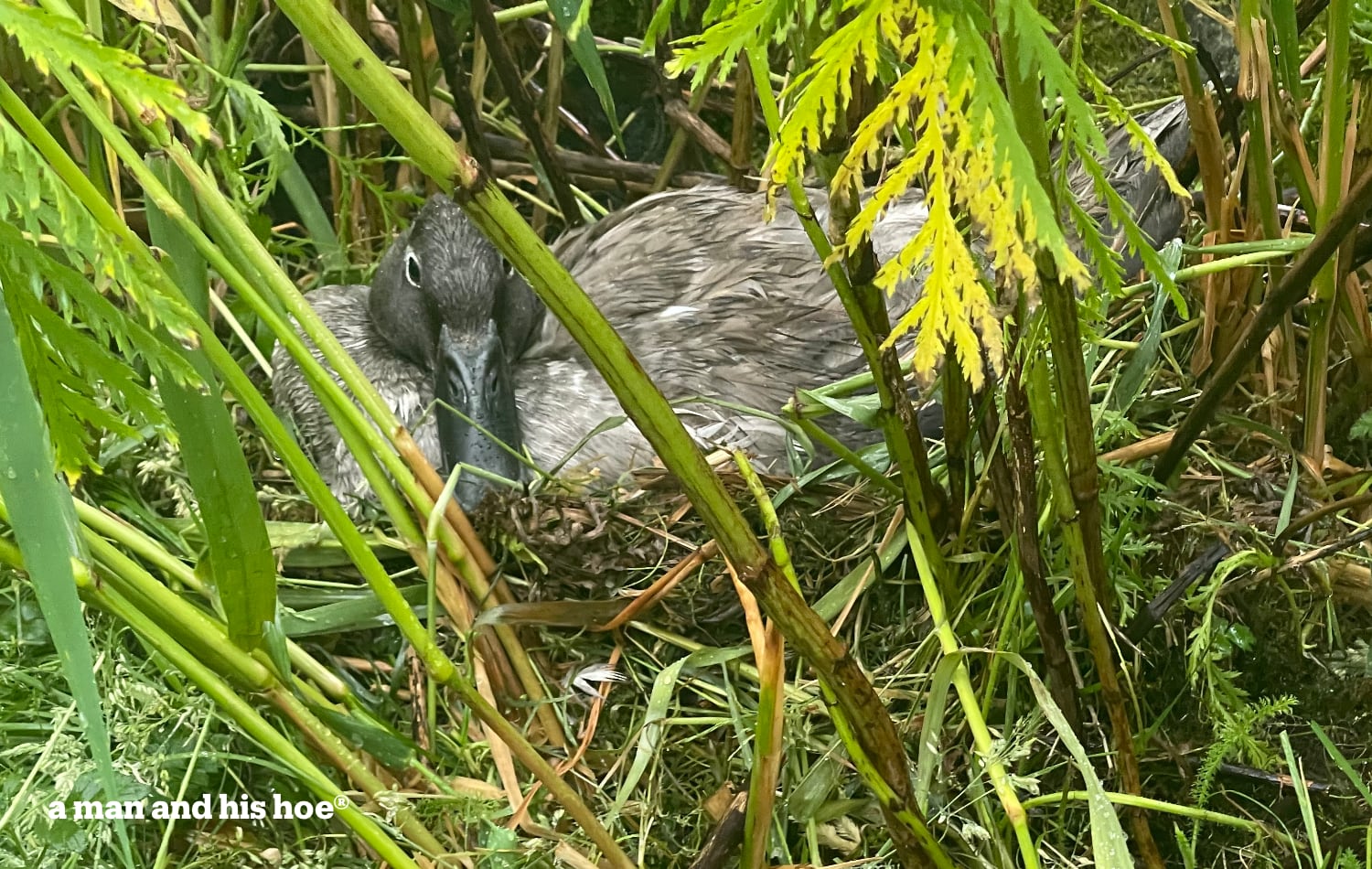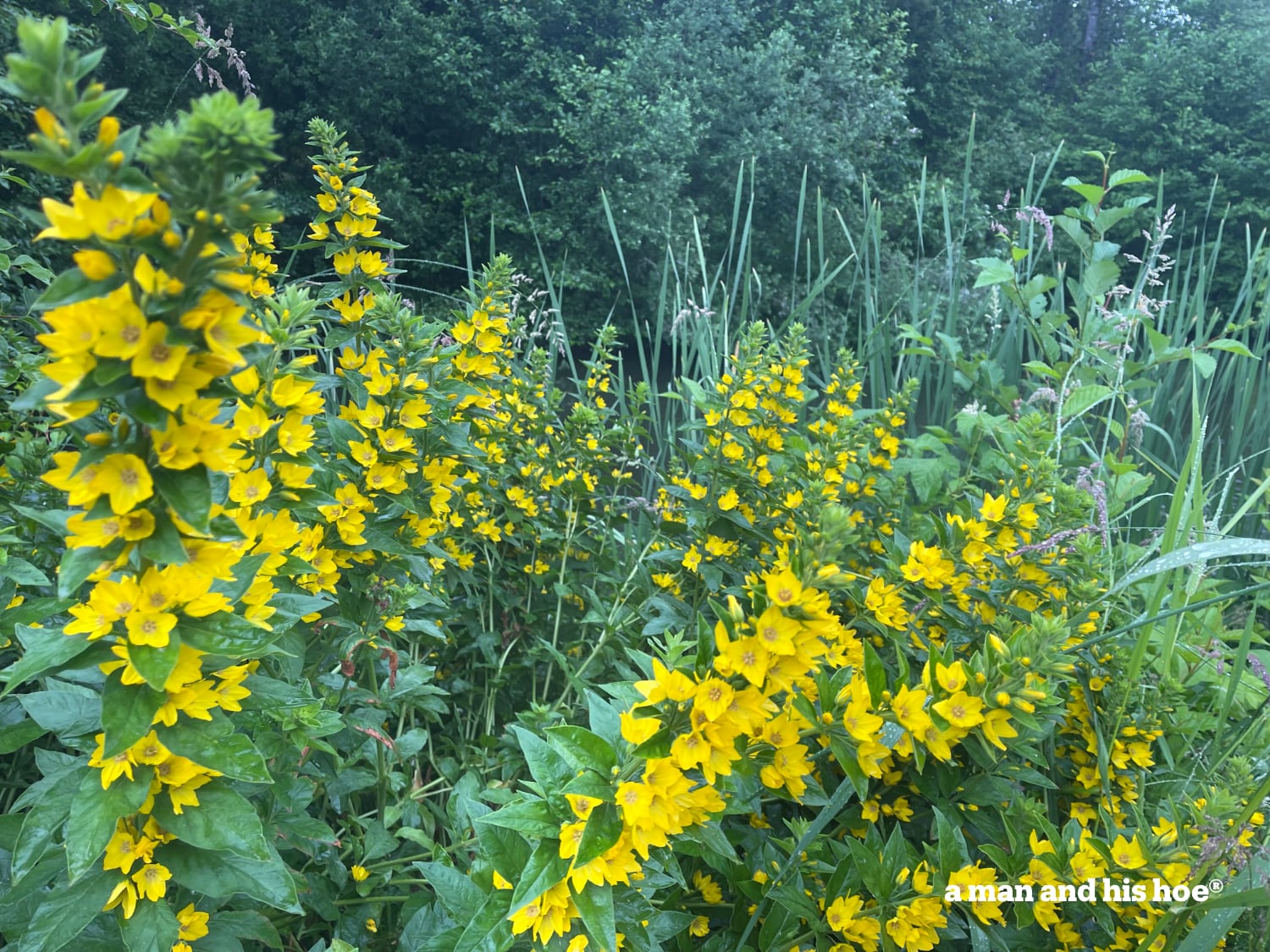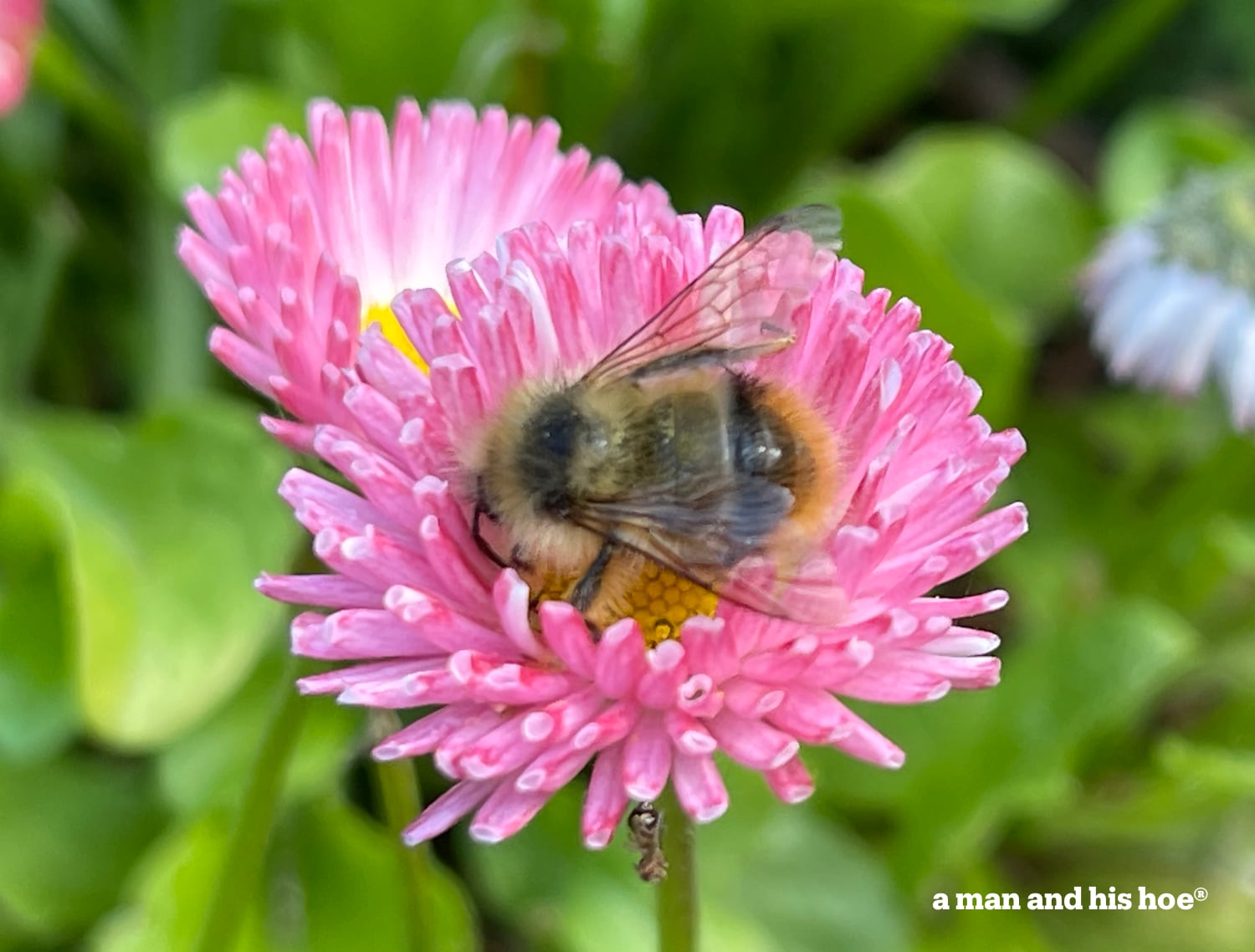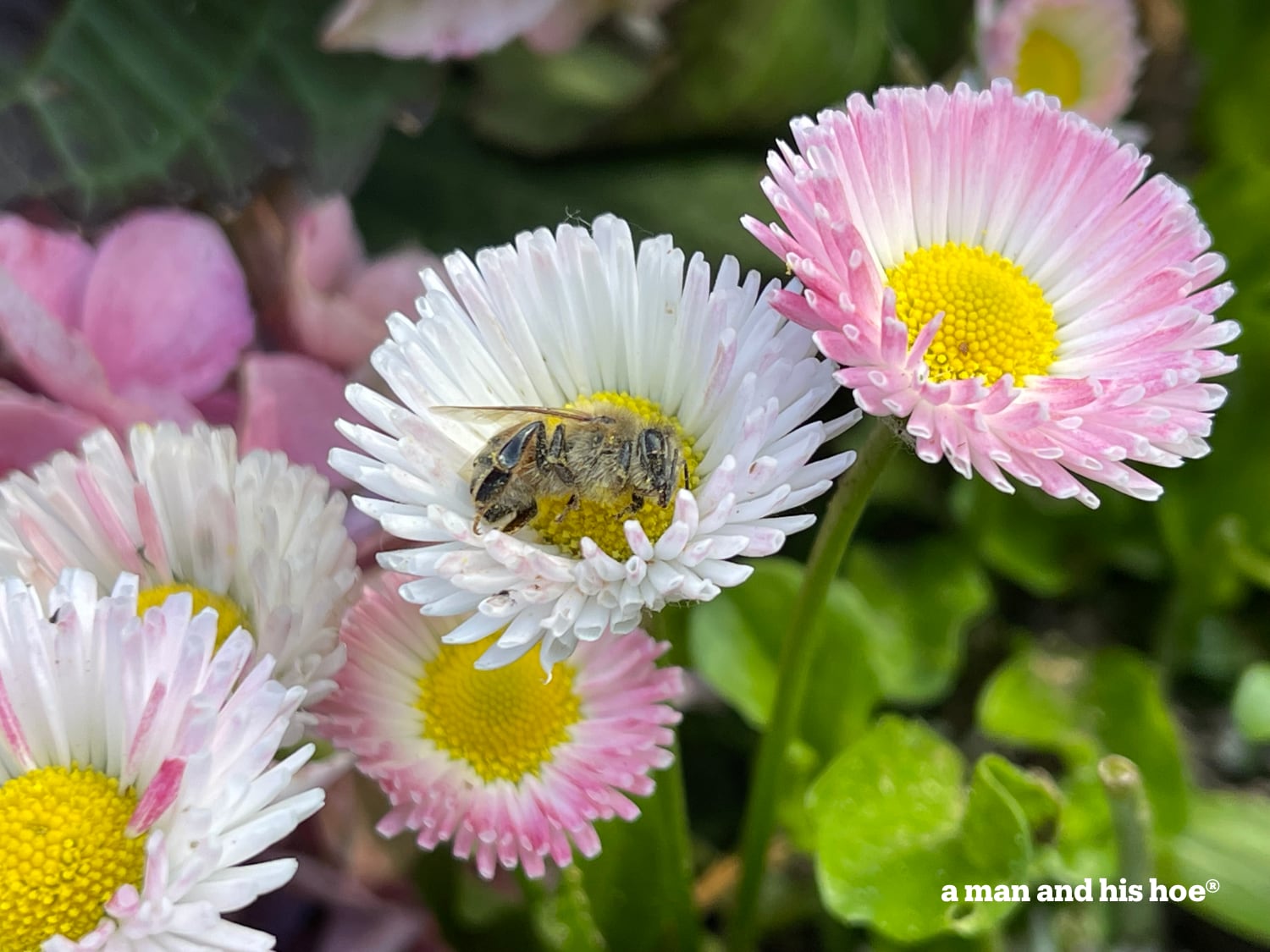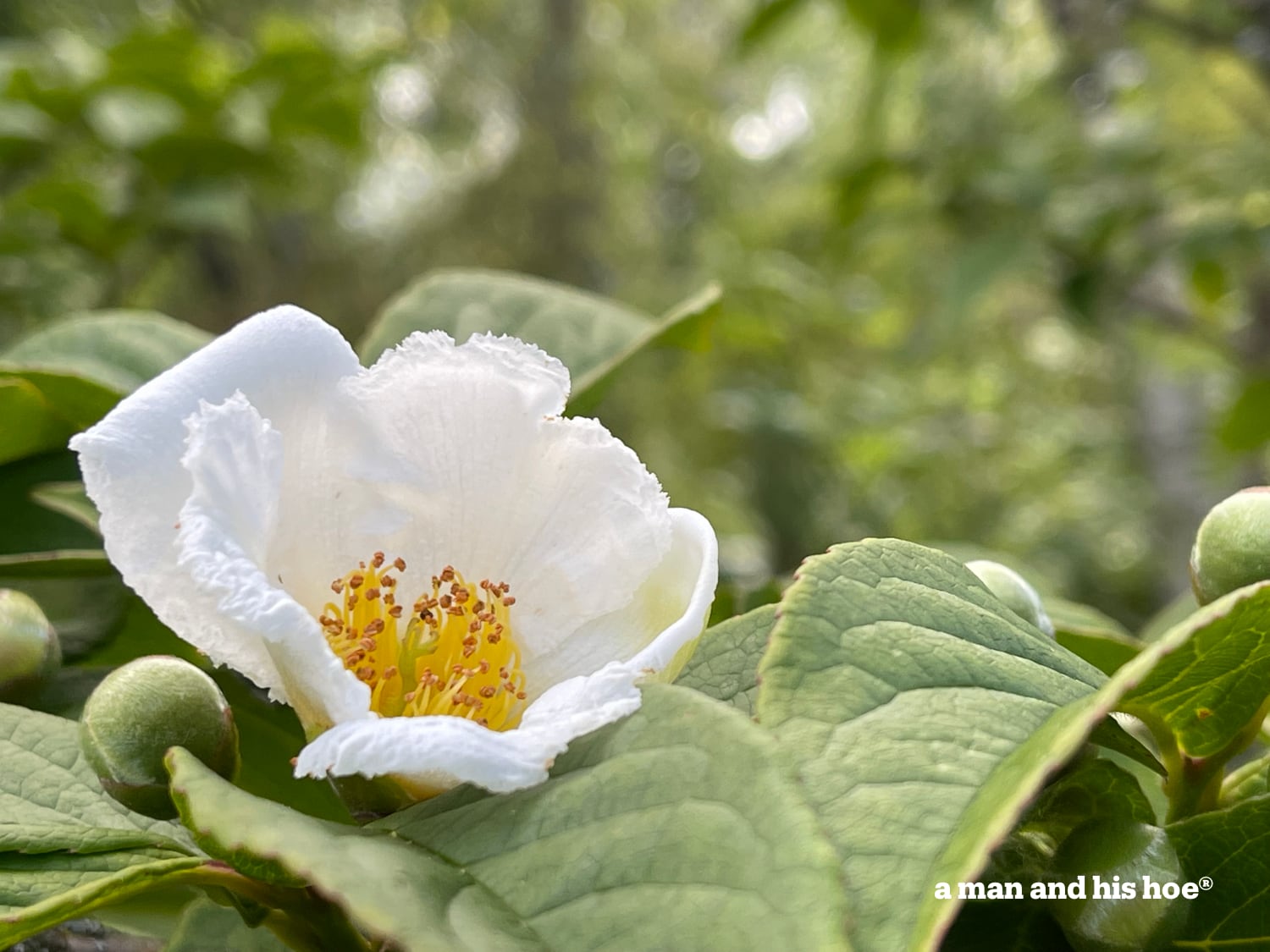
After thinning the grapes from some of the grape bunches, I wasn’t expecting to see a difference so quickly in the size of the grapes. But just a few weeks out and the grapes on the thinned bunches are already much larger than those on the unthinned bunches.

We survived our six day heat wave. It’s the first time we’ve ever experienced six days in a row of 80º days. “You poor babies,” someone living in the Midwest told me when I told them about our unprecedented heatwave. Which if you are used to real heatwaves is the truth. Still it is troubling and it seems that the Skagit Valley is destined to be California North in a few decades.

The hydrangea are in bloom. They look like gatherings of blue butterflies. Just looking at them gives a cooling effect.

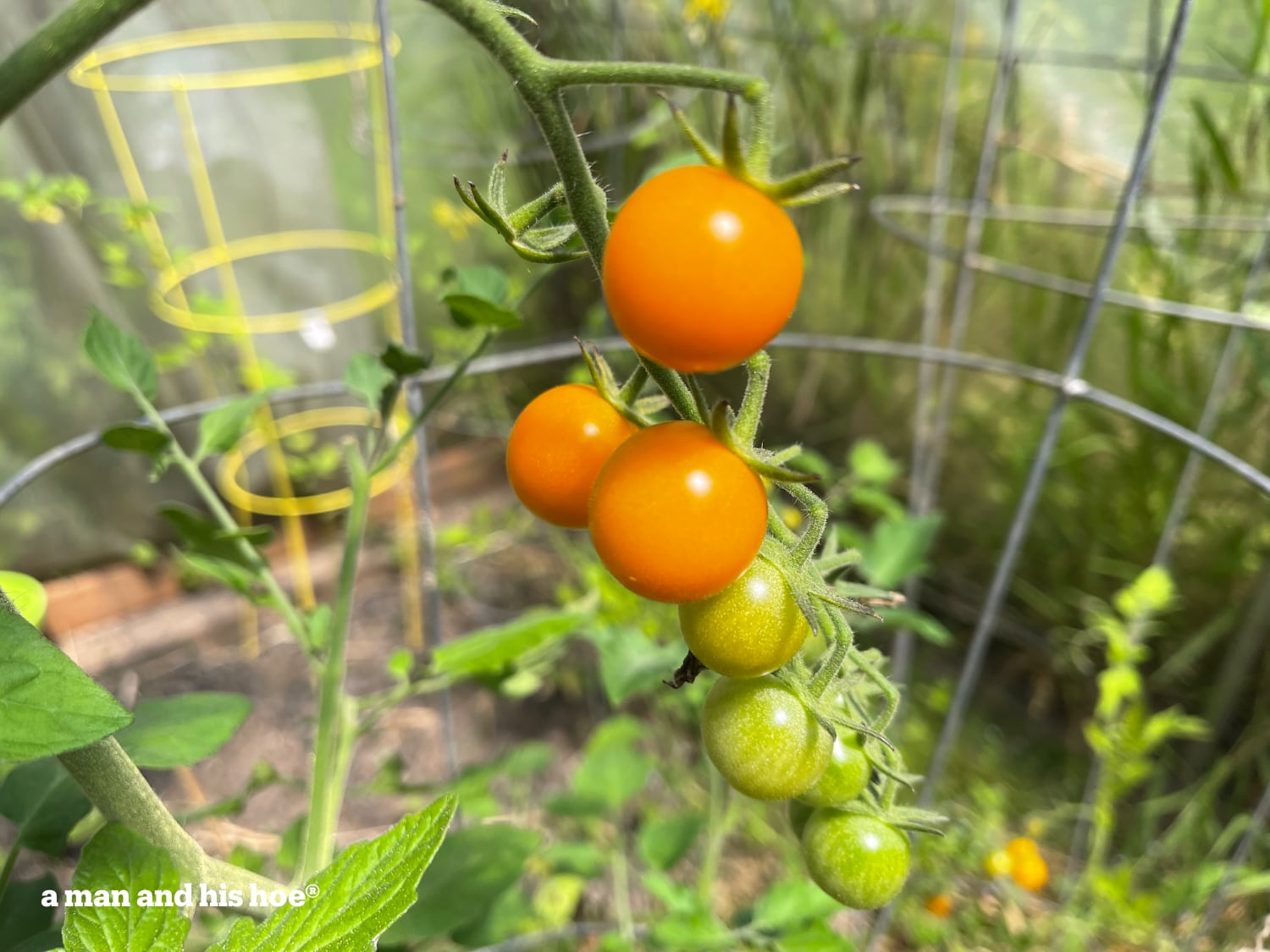
The Sungold tomatoes are ripe for picking. These are my favorite tomatoes. They are like popping candy in your mouth and they rarely make it indoors to the dinner table. I can pick a handful of them, but by the time I walk inside, they are all gone.
